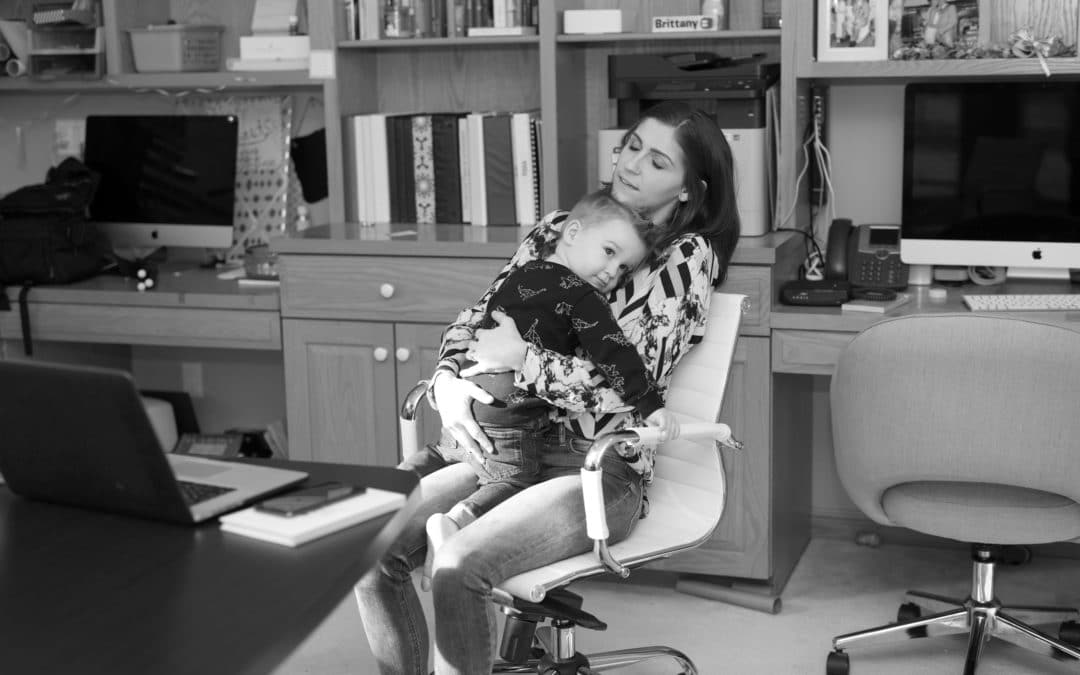I’m not a health professional. I don’t claim to be. I don’t have any special training. What I have is life experience and a family I am trying to lead the best I can. And to better equip myself once this quarantine started, I began learning about the grief process and how it manifests, especially for kiddos. I felt that our kids being home from school for a few weeks was far from the end of the changes we would see. So I dove into grief and mourning and loss…
That’s what this whole time is, by the way… mourning loss. The loss of the school year, proms, graduations, gatherings, weddings, holidays, time spent together in person… and let’s face it, even on the other side of this, things won’t be the “normal” that we remember. Establishing now that we’re allowed and expected to grieve these things is the best thing we can do, for ourselves and our kids.
Lets look at those stages:
I’m a visual person, and to me, this confusing circle is more realistic than that nice swoopy graph we most often see with the stages of grief. I’m sure in the end and from a 30,000 foot view, that swoop is what it looks like… but in my brain, this confusing circle best represents my feelings, so I’m going with it.
Denial, anger, depression, bargaining, acceptance… the goal is to get to a place of acceptance. Not “back to normal” there is no normal to go back to after loss of any kind. It’s about being okay with acknowledging life as “before & after” the loss.
Communicating Through Grief
The more you know, the better you do, right? Kids, just like adults, have bad days. They get irrational, upset for no reason, they cry and can’t explain why. They don’t have the communication or life skills necessary to process what they’re feeling, so it comes out in ways they do know. Can you play with me? Can you hold me? Crying. Tantrums.
I’ve recently learned some things I have found very valuable in navigating my relationships at home- with my husband and my kids… I’m a fixer, ya know. I wanna solve the world’s problems, but I’ve learned the hard way that you can’t fix everything, so I’ve added a few phrases to my “communications arsenal” if you will, to cut through the uncertainty and give you some clarity to move forward with real action.
“Tell me what you need” and list some options… Do you need held? Do you need a drink? Do you need to journal? Do you need to talk? Typically, they’ll tell you what they need, what they can’t tell you is how they feel.
“Do you want me to fix it or do you want me to just listen?” This has changed the game for me. I know often when I express myself I just need to be heard, I don’t need you to fix it for me, I’m a big girl and I’m likely working out the solution in my head as I’m talking. Why would kids (or your spouse) be any different? When we’re listening to respond, we’re not really listening, we’re pulling bits of information to begin “solving” this imaginary problem before they’re even done talking. If they are clear about what they’re expecting of you, you can know how to navigate a little better. If they just want you to listen, you can really listen with no motive, and if they want you to fix it, you can listen for specific cues.
Have the conversations, as much as it hurts… I’ve learned the best way out is through. It may be messy, and not be the easiest way or the path of least resistance, but it will eventually bring you to acceptance.
If you are the one struggling with grief I’m here to tell you, talk to someone. I want to break the stigma of “therapy is only for broken people” and remind you that talking to a professional could be the positive influence you are missing to lead your family, your team, your business and your life the best that you can.
Love you,


Recent Comments